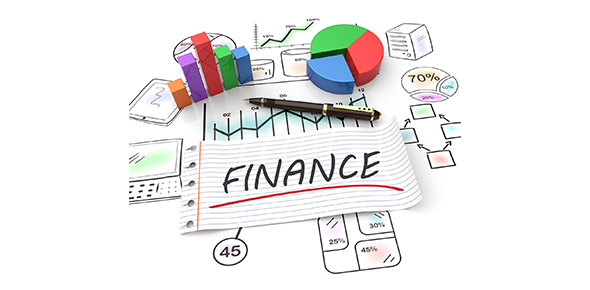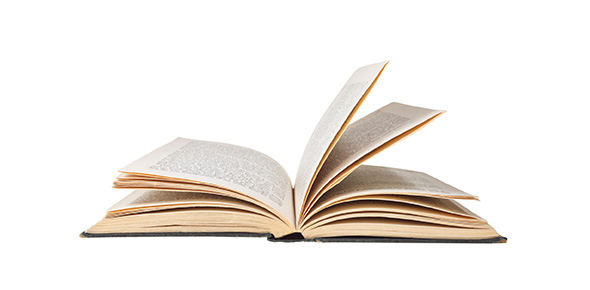Related Flashcards
Related Topics
Cards In This Set
| Front | Back |
|
In which stage of the product life cycle should product strategy focus on process modifications?
a. introduction b. growth c. maturity d. decline |
A
|
|
Which of the following would likely cause a change in market opportunities based upon levels of income
and wealth? a. economic change b. technological change c. political change d. legal change |
A
|
|
A product's life cycle is divided into four stages, which are
a. introduction, growth, saturation, and maturity b. introduction, growth, stability, and decline c. introduction, maturity, saturation, and decline d. introduction, growth, maturity, and decline |
D
|
|
In which stage of the product life cycle should product strategy focus on forecasting capacity requirements?
a. introduction b. growth c. maturity d. decline |
B
|
|
Which of the following helps operations managers direct their efforts toward those items that show the
greatest promise? a. value engineering b. financial analysis c. product cost justification d. product-by-value analysis |
D
|
|
In which stage of the product life cycle should product strategy focus on improved cost control?
a. introduction b. growth c. maturity d. decline |
C
|
|
Among the elements that make products more friendly to the environment are
a. using less materials b. more recycled materials c. using less energy d. ability to recycle product e. all of the above |
E
|
|
Value analysis takes place
a. when the product is selected and designed b. during the initial stages of production when something needs to be done to assure product success c. when the product is first conceived d. during the production process when it is clear the new product is a success |
D
|
|
The dimensions, tolerances, materials, and finishes of a component are typically shown on a(n)
a. assembly chart b. engineering drawing c. bill of material d. assembly drawing e. route sheet |
B
|
|
Which of the following does not result from the effective use of group technology?
a. reduced tooling setup time b. simplified training c. reduced raw materials and purchases d. improved layout, routing, and machine loading |
B
|
|
Which of the following typically shows the components, their description, and the quantity of each required
to make one unit of a product? a. an engineering drawing b. an assembly drawing c. a bill of material d. an assembly chart |
C
|
|
Which of the following is documented on a bill of materials?
a. the tolerances for each component b. the cost of the product c. the components, their description, and the quantity of each required to make one unit of a product d. the existing inventory level for the product |
C
|
|
Group technology requires that
a. each component be identified by a coding scheme that specifies the type of processing and the parameters of the processing b. a specific series of engineering drawings be prepared c. all bill of material be prepared using the same format d. the final products be standardized |
A
|
|
The list of food items that your restaurant customers want the kitchen to prepare is an example of
a. an assembly chart b. a route sheet c. a bill of materials d. a work order |
D
|
|
The work order
a. shows, in schematic form, how the product is assembled b. lists the operations, including assembly and inspection, necessary to produce the component with the material specified in the bill of material c. provides detailed instructions on how to perform a given task d. gives the instruction to make a given quantity of a particular item, usually to a given schedule |
D
|







